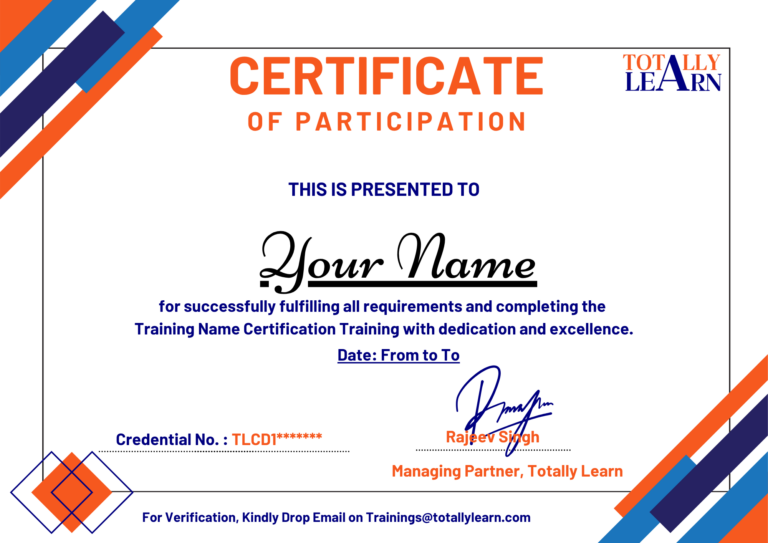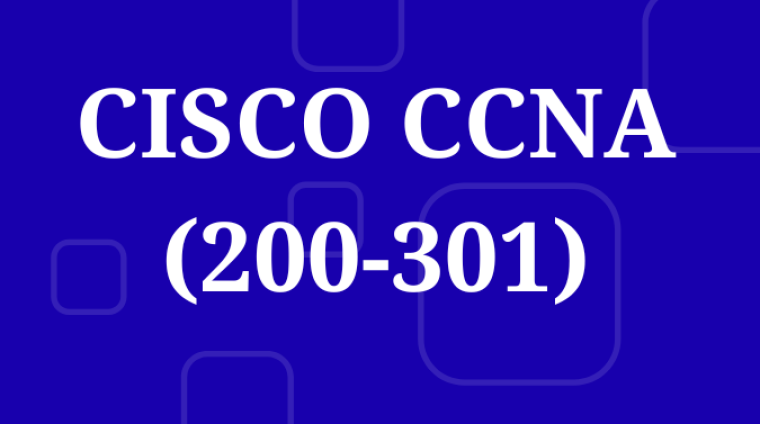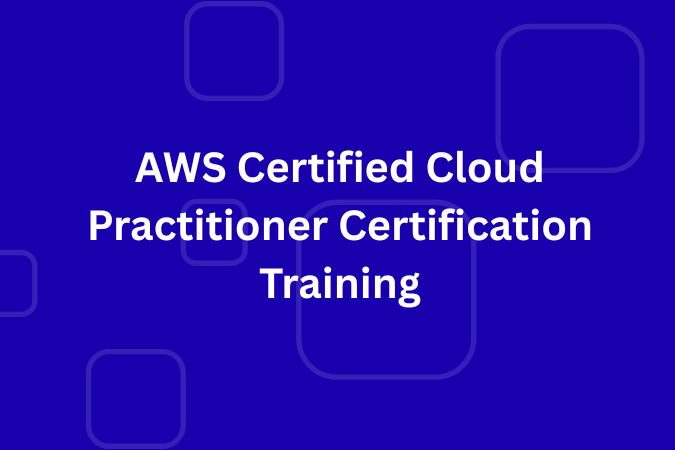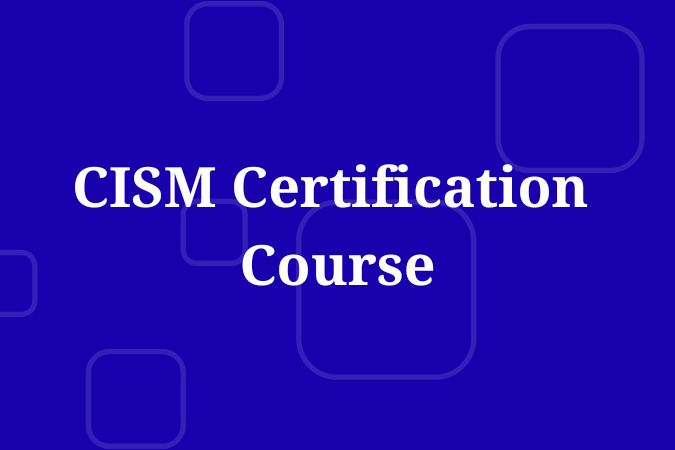CCNA Certification Training
Master the Foundation of Modern Networking and Launch Your IT Career.
This comprehensive course provides everything you need to prepare for the Cisco CCNA 200-301 exam, the industry-standard certification for networking professionals. The CCNA validates your ability to install, configure, operate, and troubleshoot medium-sized routed and switched networks and forms the essential foundation for all other Cisco certifications.
In a world powered by connectivity, network skills are more critical than ever. This course provides both the theoretical knowledge and hands-on practical skills required to manage crucial network infrastructure, making you an invaluable asset to any organization.
Key Benefits & Learning Outcomes:
You will learn to:
Install, configure, and operate LAN/WAN networks and network devices.
Understand and implement IP connectivity and services (IPv4/IPv6, OSPF).
Implement key network security fundamentals and access controls.
Automate and program network tasks to improve efficiency.
You will be able to:
Pass the CCNA 200-301 exam with confidence.
Perform essential network support tasks and troubleshooting.
Pursue roles like Network Administrator, Support Technician, or Systems Engineer.
Build a solid foundation for advanced specializations in security, wireless, or automation.
Who is this course for?
Aspiring Network Administrators and Engineers
IT Support Technicians looking to specialize in networking
Help Desk Engineers and Systems Administrators
Anyone seeking to start or advance a career in networking.
Requirements
To successfully complete this course and prepare for the exam, you will need:
Technical Requirements:
A computer (Windows, macOS, or Linux) with a stable internet connection.
A modern web browser and the ability to install Cisco Packet Tracer (free).
Course-Specific Requirements:
Dedication to complete all video lectures, reading assignments, and hands-on labs.
Active participation in lab exercises is critical for success.
We recommend a study commitment of 7-10 hours per week for 10-12 weeks to thoroughly master the material.
Prerequisites
The CCNA is an associate-level certification designed to be accessible to dedicated learners.
Mandatory Prerequisites:
There are no formal prerequisites set by Cisco for taking the CCNA exam.
Recommended Knowledge/Skills:
Basic computer literacy and familiarity with using a command-line interface (CLI) is helpful.
A fundamental understanding of networking concepts (e.g., what is an IP address?) is beneficial but not required, as we cover the fundamentals from the ground up.
Problem-solving skills and a logical mindset are highly valuable.
Course Completion certification

Curriculum
- 7 Sections
- 111 Lessons
- 52 Hours
- Network Fundamentals25
- 1.1Compare & contrast OSI & TCP/IP models
- 1.2Compare & contrast TCP & UDP protocols
- 1.3Impact of infrastructure components in a network
- 1.4Firewalls, Access points, Wireless controllers
- 1.5Effects of cloud resources on network architecture
- 1.6Traffic path to internal and external cloud services
- 1.7Virtual services
- 1.8Basic virtual network infrastructure
- 1.9Compare & contrast collapsed core and three-tier architecture
- 1.10Compare & contrast network topologies
- 1.11Star, Mesh, Hybrid
- 1.12Select the appropriate cabling type (Straight & Cross)
- 1.13Apply troubleshooting methodologies to resolve problems
- 1.14Perform and document fault isolation
- 1.15Resolve or escalate
- 1.16Verify & monitor resolution
- 1.17Configure, verify & troubleshoot IPv4 addressing & subnetting
- 1.18Compare & contrast IPv4 address types
- 1.19Unicast, Broadcast, Multicast
- 1.20Describe the need for private IPv4 addressing
- 1.21Identify IPv6 addressing to use in LAN / WAN environment
- 1.22Configure, verify & troubleshoot IPv6 addressing
- 1.23Configure & verify IPv6 Stateless Address Auto Configuration
- 1.24Compare & contrast IPv6 address types
- 1.25Global unicast, Unique local, Link local, Multicast, Modified EUI 64, Autoconfiguration, Anycast
- LAN Switching Technologies18
- 2.1Describe & verify switching concepts
- 2.2MAC learning & aging, Frame switching, Frame flooding, MAC address table
- 2.3Interpret Ethernet frame format
- 2.4Troubleshoot interface & cable issues (collisions, errors, duplex, speed)
- 2.5Configure, verify, and troubleshoot VLANs (normal/extended range) spanning multiple switches
- 2.6Access ports (data & voice), Default VLAN
- 2.7Configure, verify, and troubleshoot interswitch connectivity
- 2.8Trunk ports, Add & remove VLANs on a trunk
- 2.9DTP, VTP (v1&v2), and 802.1Q Native VLAN
- 2.10Configure, verify, & troubleshoot STP protocols
- 2.11STP mode (PVST+ and RPVST+), STP root bridge selection
- 2.12Configure & verify STP related optional features
- 2.13PortFast, BPDU guard
- 2.14Configure & verify Layer 2 protocols
- 2.15Cisco Discovery Protocol, LLDP
- 2.16Configure, verify, & troubleshoot (Layer 2/Layer 3) EtherChannel
- 2.17Static, PAGP, LACP
- 2.18Describe the benefits of switch stacking & chassis aggregation
- Routing Technologies22
- 3.1Describe the routing concepts
- 3.2Packet handling along the path through a network
- 3.3Forwarding decision based on route lookup
- 3.4Frame rewrite
- 3.5Interpret the components of a routing table
- 3.6Prefix, Network mask, Next hop, Routing protocol code
- 3.7Administrative distance, Metric
- 3.8Gateway of last resort & Admin distance
- 3.9Configure, verify, & troubleshoot inter-VLAN routing
- 3.10Router on a stick & SVI
- 3.11Compare & contrast static routing & dynamic routing
- 3.12Compare & contrast distance vector and link state routing protocols
- 3.13Compare & contrast interior and exterior routing protocols
- 3.14Configure, verify & troubleshoot IPv4 and IPv6 static routing
- 3.15Default route, Network route, Host route, Floating static
- 3.16Configure, verify & troubleshoot single area & multi-area OSPFv2 for IPv4 & IPv6
- 3.17Excluding authentication, filtering, annual summarization, redistribution, stub, virtual-link, and LSAs
- 3.18Configure, verify & troubleshoot EIGRP for IPv4 & IPv6
- 3.19Excluding authentication, filtering, manual summarization, redistribution, stub
- 3.20Configure, verify, and troubleshoot RIPv2 for IPv4
- 3.21Excluding authentication, filtering, manual summarization, redistribution
- 3.22Troubleshoot basic Layer 3 end-to-end connectivity issues
- WAN Technologies12
- 4.1Configure & verify PPP and MLPPP on WAN interfaces using local authentication
- 4.2Configure, verify, & troubleshoot PPPoE client-side interfaces using local authentication
- 4.3Configure, verify, & troubleshoot GRE tunnel connectivity
- 4.4Describe WAN topology options
- 4.5Point-to-point, Hub and spoke, Full mesh, Single vs dual-homed
- 4.6Describe WAN access connectivity options
- 4.7MPLS, Metro Ethernet, Broadband PPPoE, Internet VPN (DMVPN, site-to-site VPN, client VPN)
- 4.8Configure and verify single-homed branch connectivity using eBGP IPv4
- 4.9Limited to peering and route advertisement using Network command only
- 4.10Describe basic QoS concepts
- 4.11Marking, Device trust, Prioritization (Voice, Video & Data)
- 4.12Shaping, Policing, Congestion management
- Infrastructure Services21
- 5.1Describe DNS lookup operation
- 5.2Troubleshoot client connectivity issues involving DNS
- 5.3Excluding static reservations
- 5.4Server, Relay, Client, TFTP, DNS, & gateway options
- 5.5Troubleshoot client- and router-based DHCP connectivity issues
- 5.6Configure, verify, and troubleshoot basic HSRP – Priority, Pre-emption, Version
- 5.7Describe common access layer threat mitigation techniques
- 5.8Using CDP or LLDP for device discovery
- 5.9Licensing, Logging, Time zone & Loopback
- 5.10Configure and verify initial device configuration
- 5.11Perform device maintenance
- 5.12Introduction to Controllers (Cisco DNA Center and WLC)
- 5.13Compare Cisco Wireless Architectures and AP modes
- 5.14Describe physical infrastructure connections of WLAN components
- 5.15AP, WLC, access/trunk ports, and LAG
- 5.16Describe AP and WLC management access connections
- 5.17Telnet, SSH, HTTP, HTTPS, console, and TACACS+/RADIUS
- 5.18Configure the components of a wireless LAN access for client connectivity using GUI only
- 5.19Such as WLAN creation, security settings, QoS profiles, and advanced WLAN settings
- 5.20Describe wireless security protocols : WPA, WPA2, and WPA3
- 5.21Configure WLAN using WPA2 PSK using the GUI
- Network Automation and Programmability6
- Virtualization Fundamentals7

Candidate Testimonial
Excellent CCNA Training Experience!
“I recently completed the CCNA training, and I’m thoroughly impressed with the comprehensive curriculum and expert instructors. The hands-on labs and real-world scenarios helped me grasp complex networking concepts with ease.
The training was well-structured, and the support team was responsive to our queries. I feel confident in my ability to configure, troubleshoot, and secure network systems.
Highly recommend this training to anyone looking to kickstart or advance their career in networking
Rate and Review
Courses you might be interested in
-
Totally Learn
-
137 Lessons
-
Totally Learn
-
74 Lessons
-
Totally Learn
-
139 Lessons




